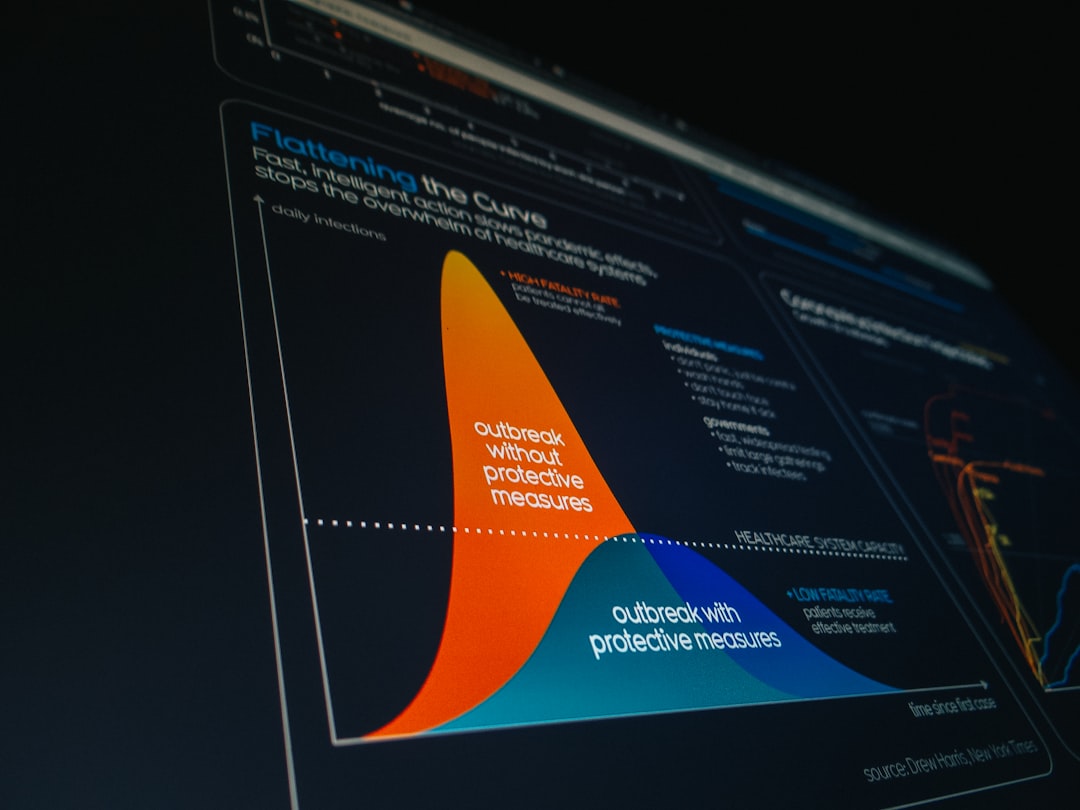Social media marketing continues to evolve rapidly, and keeping up with the latest trends and technologies has become a cornerstone for success. In the U.S., where competition on platforms like Facebook, Instagram, Twitter, and TikTok is fierce, marketers are relying heavily on advanced data analytics tools to optimize campaigns and drive meaningful engagement. These tools are not just about tracking likes and shares—they offer deep insights into audience behavior, real-time performance metrics, and predictive analytics that help craft highly targeted strategies.
If you’re a social media marketer looking to enhance your toolkit, here are 5 data analytics tools that are changing the game in 2024:
1. Sprout Social
More than just a scheduling tool, Sprout Social offers one of the most comprehensive analytics dashboards available today. It allows users to dive deeply into audience engagement metrics across all major platforms—from detailed sentiment analysis to viral post predictors.
Key features include:
- Customizable reports for various stakeholders
- Performance comparison across platforms
- Competitor benchmarking
Social media teams especially value its ability to measure ROI and track KPIs like engagement rate and click-through rate, all in real-time.

2. Brandwatch
Designed for marketers who want to listen to the voice of the customer at scale, Brandwatch is a social listening and analytics tool that harnesses the power of AI to analyze online conversations and trends.
What makes it a game-changer:
- Tracks millions of conversations across social platforms, blogs, and forums
- Uses sentiment analysis to gauge public opinion
- Helps identify emerging trends and potential influencers
With U.S. consumers being more vocal than ever online, Brandwatch allows marketers to stay one step ahead by anticipating shifts in sentiment and adapting content strategies accordingly.
3. Hootsuite Insights (Powered by Talkwalker)
Hootsuite Insights elevates traditional analytics by integrating the capabilities of Talkwalker, a powerful visual and text-based analysis engine. For marketers in the U.S. trying to make sense of millions of social interactions across dozens of platforms, this tool offers clarity.
Why it stands out:
- Visual recognition technology to analyze images shared on social media
- Real-time alerts on emerging crises or brand mentions
- Influencer mapping and tracking tools
This tool is particularly useful for brands in highly visual industries like fashion, travel, or food, often driven by aesthetic appeal and trending imagery.

4. Lately.ai
Lately.ai is redefining how content is created and analyzed by integrating artificial intelligence into the workflow. This tool doesn’t just track data—it uses it to automatically generate social media content that is optimized for engagement.
What marketers love:
- AI-generated copy based on top-performing content
- Integration with existing tools like HubSpot and Hootsuite
- Analytics feedback loop for continuous optimization
For time-strapped marketing teams or small businesses in the U.S., Lately.ai can drastically reduce the time spent creating content while improving analytics-driven performance.
5. Rival IQ
Competitor analysis has never been more accessible or insightful than with Rival IQ. This tool is designed for digital marketers who want a clear picture of how their brand stacks up against competitors on major social media platforms.
Highlight features:
- In-depth side-by-side comparisons with rival brands
- Social post performance breakouts
- Industry benchmarks and trend tracking
Marketers in the U.S. often operate in saturated markets, and Rival IQ helps them identify strategic gaps, content opportunities, and outperform competitors with agility and insight.
Final Thoughts
Social media is no longer just about being present—it’s about being strategic, intentional, and data-driven. These five tools offer more than just metrics; they provide the intelligence needed to make smarter decisions and connect with audiences in ways that drive real business outcomes. As competition intensifies and audience behavior continues to shift, U.S. social media marketers who leverage these powerful platforms will find themselves better equipped for success—one data point at a time.
In the ever-expanding digital landscape, knowing what’s working (and what’s not) has become the difference between a good social strategy and a great one.







